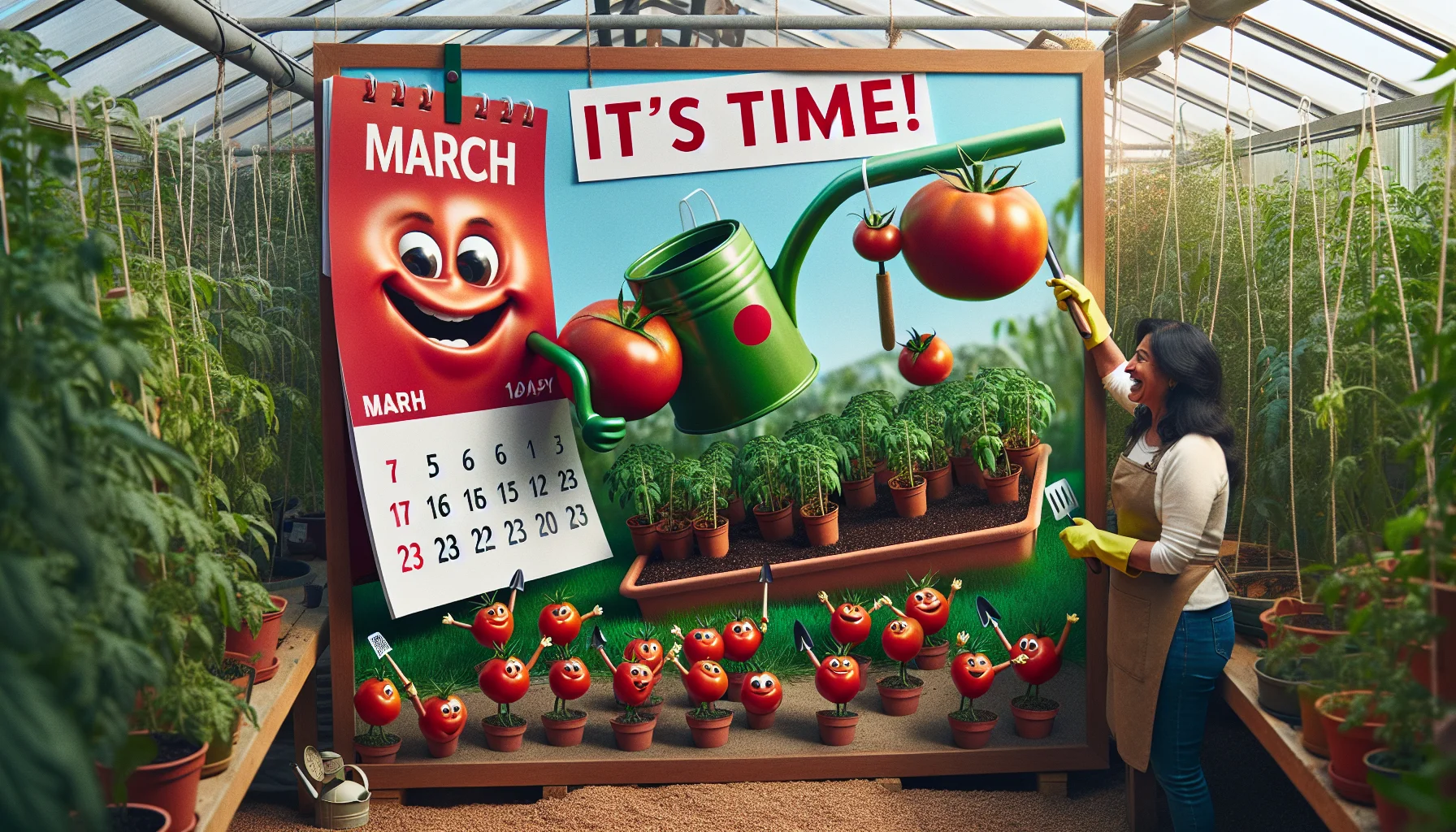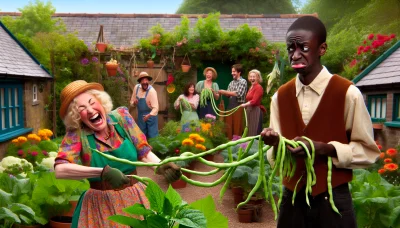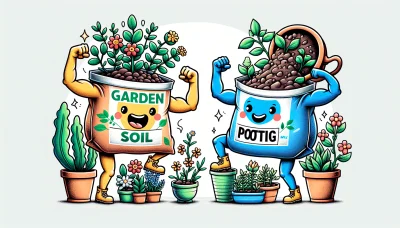When to start tomato seeds Quiz
Test Your Knowledge
Question of
When to Start Tomato Seeds: A Gardener's Guide
Timing is crucial in the world of gardening, especially when it comes to planting tomato seeds. Starting your seeds at the right moment ensures that your plants have enough time to grow and mature, leading to a bountiful harvest. Understanding the specific needs of tomato plants and the climate you are in can make all the difference in achieving gardening success.
Understanding Your Growing Zone
Identifying your growing zone is a key step for any gardener, especially when planning to grow tomatoes. Your growing zone, determined by the USDA Plant Hardiness Zone Map, indicates the average annual minimum winter temperature of your area. Knowing this helps you understand which plants are most likely to thrive in your environment. For tomatoes, which are sensitive to cold, identifying your growing zone is crucial for determining the best time to start seeds indoors. Starting seeds at the right time ensures that your plants are strong enough to be transplanted outdoors after the last frost, giving them a full growing season for optimal development and yield.
The Ideal Time to Start Tomato Seeds Indoors
- Choose the Right Variety: Before you begin, select tomato seeds suitable for your climate and taste preferences.
- Gather Supplies: You will need seed starting mix, containers, and a warm spot with sufficient light or a grow light.
- Timing: Start your seeds indoors 6 to 8 weeks before your area's last expected frost date.
- Sowing: Plant seeds about 1/4 inch deep in moist seed starting mix. Cover lightly with soil and gently water.
- Provide Warmth: Keep the soil temperature around 70-80°F (21-27°C) to encourage germination.
- Light: Once seeds germinate, provide 14-16 hours of light daily to prevent leggy growth.
- Watering: Keep the soil consistently moist but not waterlogged.
- Thinning: If more than one seedling sprouts per container, thin them out by snipping the weaker seedlings at the soil level.
- Transplanting: When seedlings develop their second set of true leaves, they can be transplanted into larger pots if necessary.
- Hardening Off: About a week before planting outdoors, start hardening off seedlings by gradually exposing them to outdoor conditions.
- Planting Outdoors: Transplant seedlings into the garden after all danger of frost has passed and soil has warmed.
Transitioning Tomato Seedlings Outdoors
Acclimating tomato seedlings to outdoor conditions is a critical step in the gardening process known as "hardening off." This process involves gradually introducing seedlings to the outdoor environment to reduce shock and ensure a smooth transition from the controlled conditions indoors to the variable conditions outside. Hardening off typically takes about a week and involves exposing the plants to sunlight, wind, and temperature fluctuations for increasing periods each day. This gradual exposure helps strengthen the plant's cell structure and reduces the risk of sunburn and wind damage. By taking the time to properly harden off tomato seedlings, gardeners can significantly improve the plants' survival and health, leading to a more successful and productive gardening season.
Factors Affecting Tomato Seed Starting Dates
- Soil Temperature
- Light Exposure
- Local Climate Conditions
Common Mistakes to Avoid When Starting Tomato Seeds
Starting tomato seeds can be a rewarding process, but it's easy to make mistakes that can hinder the growth of your seedlings. One common error is planting the seeds too deep, which makes it difficult for the seedlings to break through the soil. Aim for a depth of about 1/4 inch. Overwatering is another mistake; while seeds need moist soil to germinate, too much water can drown them or lead to fungal diseases. Ensure the soil is damp but not waterlogged. Many gardeners also overlook the importance of adequate light. After germination, seedlings require plenty of direct sunlight or artificial grow lights to develop strong stems and leaves. Without enough light, they will become leggy and weak. Additionally, starting seeds too early indoors can lead to large, overgrown seedlings that are difficult to transplant. Timing is crucial; read seed packets for the recommended planting time in your area. By avoiding these common pitfalls, you can ensure healthier growth and a bountiful tomato harvest.
FAQs on Starting Tomato Seeds
| Question | Answer |
|---|---|
| How deep should I plant tomato seeds? | Tomato seeds should be planted about 1/4 inch deep in the soil. |
| How often should I water tomato seeds? | Keep the soil moist but not waterlogged. Watering once a day or every other day is usually sufficient. |
| What is the ideal temperature for germinating tomato seeds? | The ideal temperature for germination is between 70-80°F (21-27°C). |
| How long does it take for tomato seeds to germinate? | Tomato seeds typically germinate within 5-10 days when kept at the ideal temperature. |
| Do I need to use fertilizer when starting tomato seeds? | No, fertilizer is not needed until the seedlings have their first true set of leaves. |












